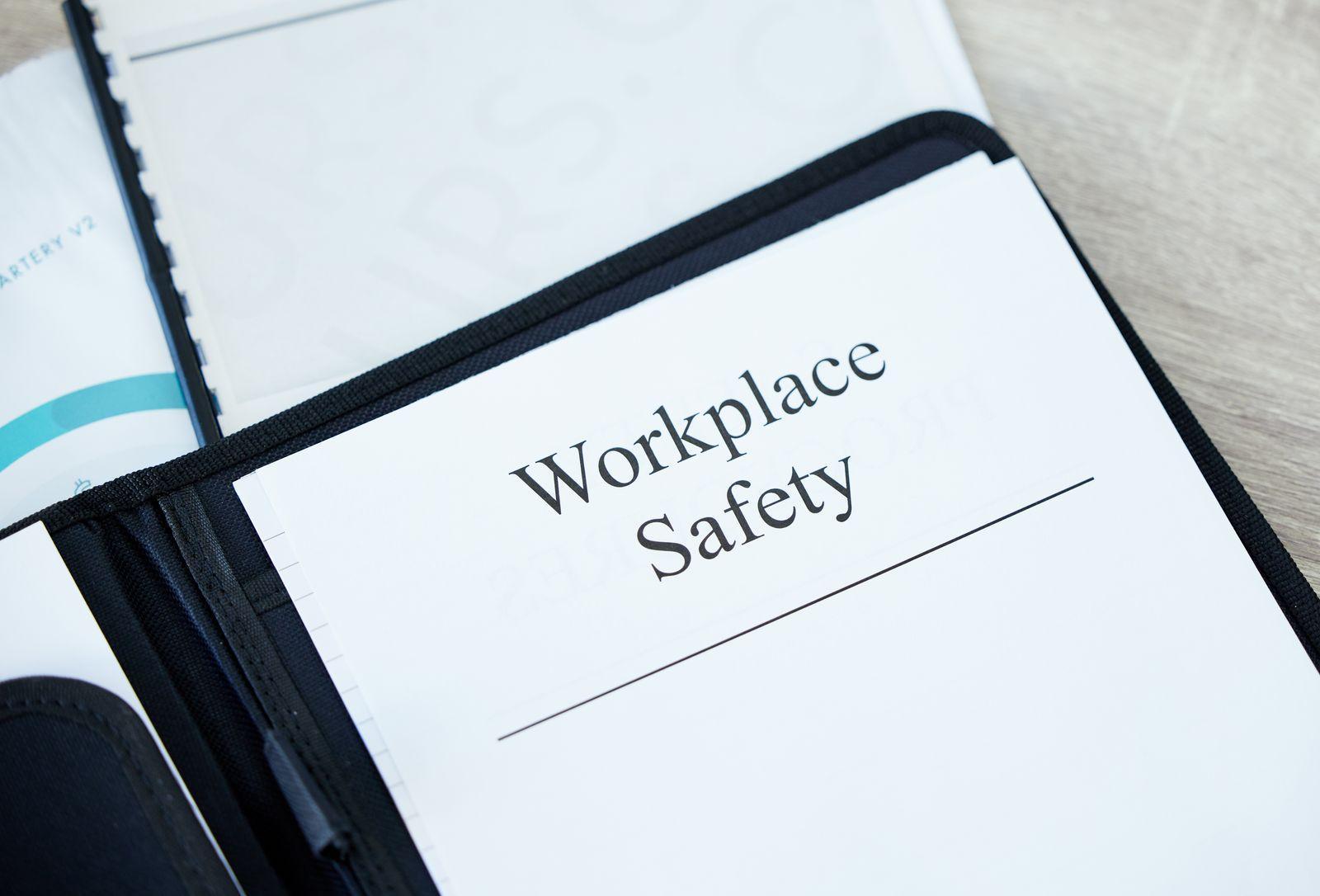The number of fatal occupational injuries hit a 20-year in 2023, the Department of Labor (DOL) reported.
DOL hailed the progress while saying one death is one too many. Unions countered with “that’s nice, but…” statements showing fatal injury rates among workers of color are still too high and that current progress is in peril from the incoming Republican regime. And there’s still a massive undercount of on-the-job fatalities.
“In November,” the Bureau of Labor Statistics “reported a 20-year low in the rate of non-fatal worker injuries and illnesses in 2023, and we are further encouraged by the news that the number and rate of fatal worker injuries also dropped in 2023,” said Biden administration Occupational Safety and Health Administrator Doug Parker on Dec. 20.
“I believe the Biden-Harris administration’s worker-centered approach of stronger enforcement combined with our numerous collaborations with employers and labor to embrace health and safety as core values are making a difference," he said. "Whether it is our enforcement initiatives, our promotion of workplace safety and health management systems, or initiatives to support workplace mental health and safe driving and prevent worker drug overdoses, it all makes a difference in saving lives at work.”
Parker cited “meaningful declines” in fatal injury rates for Black and Latino workers, but he admitted there are still “high rates among these populations” and “a disproportionate impact of work hazards on workers of color.” He urged employers to recognize that trend and combat it. The death rates for Black and Latino workers were 3.6 and 4.4 deaths per 100,000 workers, respectively.
One-third of all 5,283 dead workers last year were 55 or older. Working women were 18% of the workers murdered on the job. Two-thirds of Latinos who died on the job were born outside the United States.
“A worker dies every 99 minutes. Every worker’s death is a profound tragedy that leaves a lasting void for families, friends, co-workers and communities. We can and we must do better,” Parker said.
AFL-CIO President Liz Shuler warned of problems ahead. Jessica Martinez, co-executive director of the labor-backed National Council on Occupational Safety and Health, agreed, adding yet more evidence—this time from farm fields—of undercounts of on-the-job fatalities.
“Every worker deserves to leave for work without fear for their safety and return home unharmed at the end of the day. These new data show that too many workers are still dying on the job and that Black and Latino workers are dying on the job at higher rates. The labor movement will not be satisfied until the number of worker deaths is zero,” Shuler declared.
The job safety and health issue represents a big win for workers and union leaders: The Occupational Safety and Health Act, approved and signed by Republican President Richard Nixon, was driven through Congress by the hard work and incessant lobbying of the late Tony Mazzocchi, the health and safety director for the Oil, Chemical and Atomic Workers, now a Steelworkers sector.
“We will not get there”—to zero—“without federal agencies such as the Occupational Safety and Health Administration and the Mine Safety and Health Administration, which have been underfunded by Congress for too long and face further threats to workplace safety rules and enforcement. Any attack on job safety agency resources is an attack on working people—and unions are ready to fight back,” Shuler continued. Those “further threats” may be an understatement.
Trump’s platform, aka Project 2025, declares he must “must rein in agencies such as the Occupational Safety and Health Administration, which the Biden administration weaponized to attempt to force Covid-19 vaccine mandates on 84 million Americans through their workplaces.” And the word from the Trump White House, never formally written down during his four years in the Oval Office, was “no new OSHA rules.”
Further, in draft legislation funding OSHA for this fiscal year, which went through the Republican-run House Appropriations Committee, lawmakers cut $74.5 million, to $557 million. The GOP will get another crack at cutting OSHA and other labor enforcement agencies in the new Congress.
Project 2025 also declares federal “risk evaluations and risk management rules presume workplaces are following all OSHA requirements, including requirements for personal protective equipment." Evidence over the last half-century—and especially during the coronavirus pandemic—casts a lot of doubt on that presumption.
“With these data showing more workplace deaths in many industries that are largely nonunionized and affecting workers who may be too intimidated to speak out about unsafe conditions, it’s clear a union contract is essential for a safe job site,” Shuler stated. “The labor movement will continue fighting to unionize workplaces so that every worker can have the safer conditions that unions bargain for and be protected when raising concerns."
National COSH bluntly said “common-sense preventive measures,” led by “listening to the workers” about hazards and how to avoid them, can bring down the death toll. “We know from long experience that the surest way to make our workplaces safer is to put workers at the center of the conversation,” said Martinez. “Workers know their jobs. They know where hazards are and how to eliminate them.
“Every worker deserves to come home safe and sound at the end of every shift. The way to achieve that goal is to listen to workers, take action and put their ideas into practice.”
National COSH also reinforced Shuler’s point about the importance of unions. “A union contract, with negotiated and enforceable safety protections, is a tested and successful way to reduce workplace injuries and fatalities. In non-union workplaces, a joint workplace safety committee can also be effective, if workers are empowered with real decision-making authority,” it said. That’s a big “if.”
Not all deaths from occupational exposures are properly recorded, added Martinez. She cited a Tampa Bay Times investigation that found more than half of the deaths from extreme heat in Florida during the past decade were never reported to OSHA, as the law mandates.

